Anhui Province, known as “Wan” (皖) in Chinese, is located in eastern-central China. The Yangtze River and Huai River both run through the region, making it a vital bridge between eastern China and the Central Plains. Its capital, Hefei, is a rising hub of science and technology, while cities like Huangshan, Wuhu, Anqing, and Bozhou are famous for their cultural depth and scenic landscapes.
The terrain of Anhui is diverse, with higher elevations in the south and low-lying plains in the north. The province is home to majestic mountains such as Huangshan and Jiuhua, as well as ancient villages with centuries of history. With its rich blend of tradition and modernity, Anhui has become an increasingly attractive destination for both domestic and international travelers.
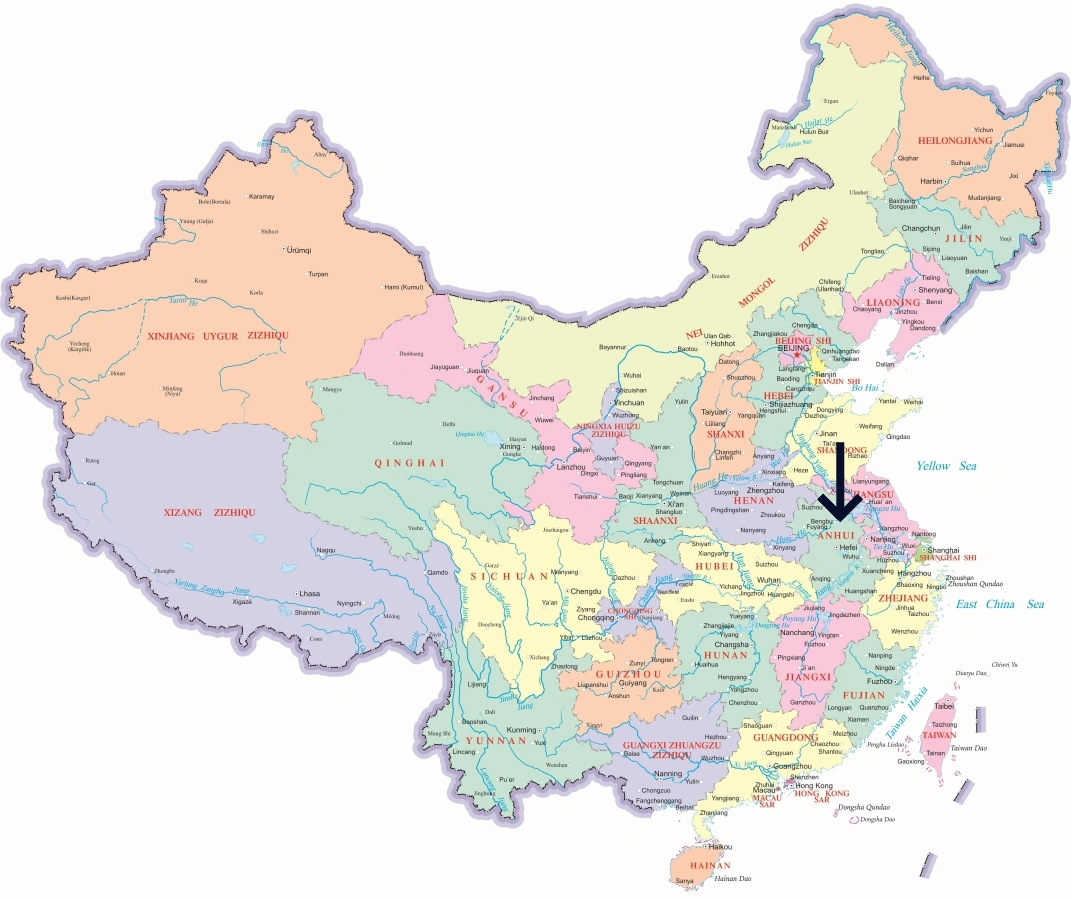
Anhui has 16 prefecture-level cities, each offering something unique. Whether you’re drawn to misty mountains, ancient towns, Buddhist temples, or regional cuisine, you’ll find plenty to explore here.
Popular destinations include Huangshan, Hefei, Wuhu, and Anqing. However, lesser-known cities like Chuzhou, Lu’an, Xuancheng, Chizhou, and Bozhou also offer distinctive experiences and are worth visiting for a deeper look at local life.
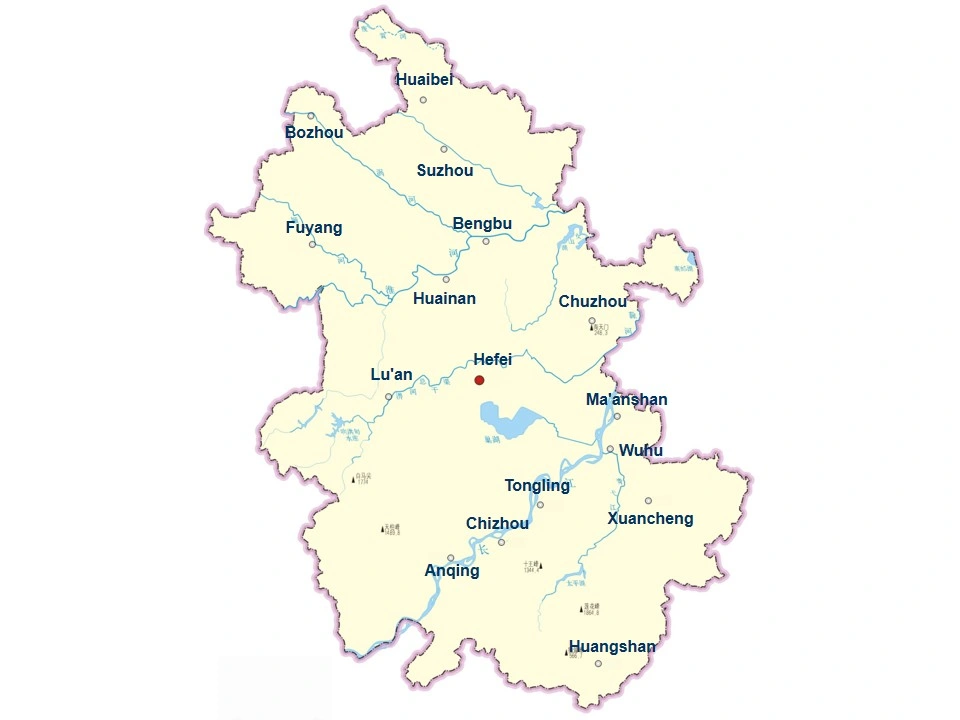
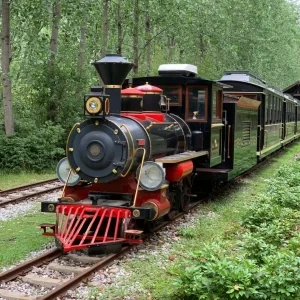
As the provincial capital, Hefei blends modern city life with cultural landmarks. It’s a major innovation center and home to attractions such as Baohe Park, Xiaoyaojin Park, and the Crossing-the-Yangtze Campaign Memorial.
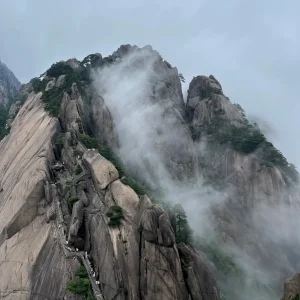
A UNESCO World Heritage Site, Huangshan is best known for its dramatic peaks, cloud seas, and ancient pine trees. Nearby villages like Hongcun and Xidi are perfect for photography and those interested in Chinese heritage.
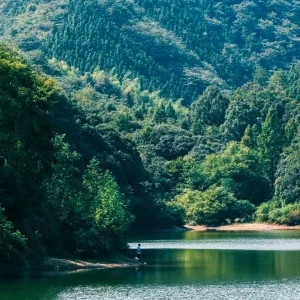
Situated along the Yangtze River, Wuhu is a vibrant city known for the Zhuzhi Ancient Town, Jiuzi Square, and Fantawild Theme Park—a great spot for family travel.
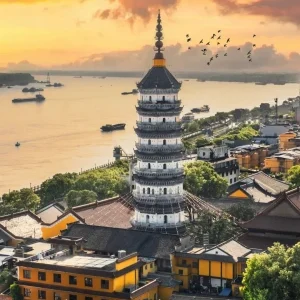
A historic city and one of the birthplaces of Peking Opera. Visit Tianzhu Mountain, Yingjiang Temple, and the old city walls to experience both nature and culture.
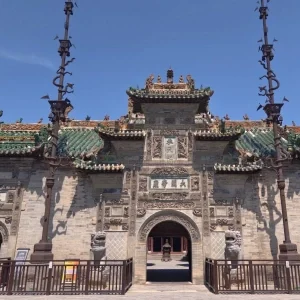
Famous for traditional Chinese medicine, Bozhou is the hometown of Laozi. Key attractions include the Hua Zu An Temple, Cao Cao Underground Military Tunnel, and the Chinese Medicine Museum.
Anhui offers a rich mix of natural beauty and cultural depth. From sacred mountains to ancient villages and Daoist shrines, the province has something for every kind of traveler.
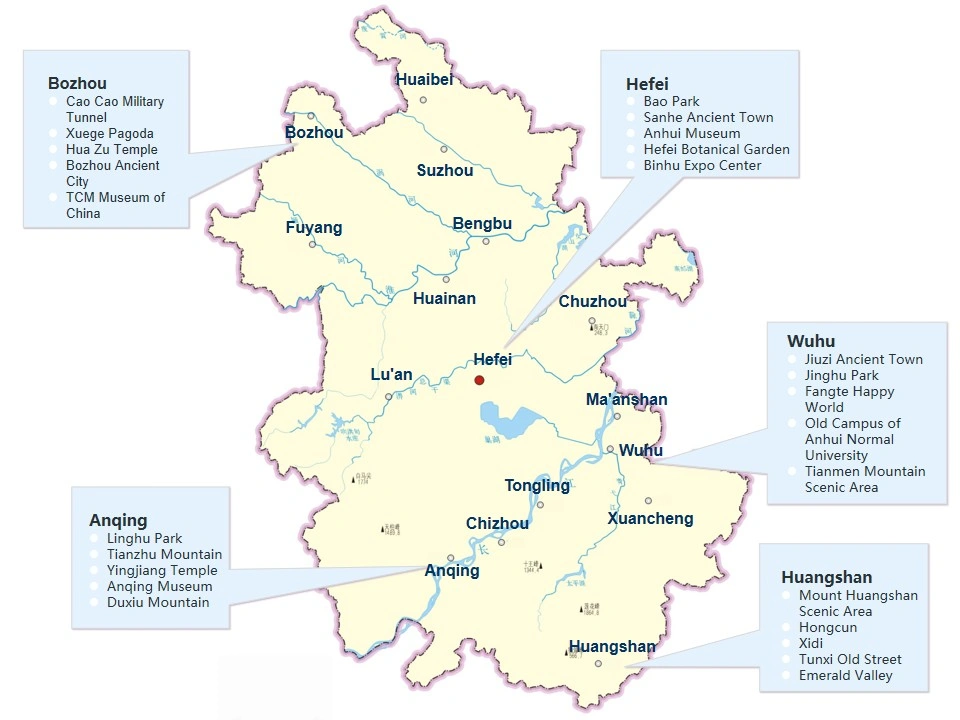
-300x300.webp)
Known as the "Number One Mountain under Heaven,” its iconic peaks, pine trees, and cloud seas make it one of China's most stunning landscapes.
-300x300.webp)
A classic example of Huizhou-style architecture. With its white-walled homes, tranquil canals, and arched bridges, it looks like a traditional Chinese painting.
-300x300.webp)
One of the four sacred Buddhist mountains in China, it's dedicated to Kṣitigarbha (Dizang Bodhisattva). The mountain is serene and deeply spiritual.
-300x300.webp)
A Taoist sacred site with rugged cliffs and scenic trails. It's a national 5A-rated attraction known for its cultural and geological significance.
-300x300.webp)
A tranquil spot in the city center with historical ties to the Three Kingdoms period. It offers both cultural interest and urban greenery.
-300x300.webp)
An amusement park featuring interactive rides and shows. Perfect for families and children.
Anhui cuisine, or Hui cuisine, is one of the eight major Chinese culinary traditions. It emphasizes slow-cooking methods such as stewing, braising, and steaming, often highlighting the natural flavors of local ingredients.
The food tends to be savory and aromatic, with an emphasis on freshness and color. Whether you’re in the mountains or near the rivers, you’ll find distinctive dishes in every region.
-300x300.webp)
Despite the strong smell, this fermented fish dish is incredibly flavorful. It’s crispy on the outside and tender inside, a must-try for adventurous eaters.
-300x300.webp)
Tofu with edible white mold on the surface, pan-fried until golden. The texture is crispy yet soft, offering a unique umami-rich experience.
-300x300.webp)
Delicate and nourishing, this soup combines pigeon eggs with chicken, ham, and mushrooms.
-300x300.webp)
Crispy, multi-layered flatbread stuffed with savory fillings. A beloved breakfast staple in the region.
-300x300.webp)
A summer favorite. These mini lobsters are stir-fried with garlic and chili, usually served with cold beer on hot evenings.
-300x300.webp)
Hand-rolled wheat noodles served in spicy broth, often topped with beef or lamb. Hearty and comforting.
Anhui covers around 140,100 square kilometers and has a population of roughly 61 million. Here’s a quick look at some key cities:
Hefei: 11,445 km², ~9.6 million people
Wuhu: 6,026 km², ~3.8 million
Huangshan: 9,807 km², ~1.4 million
Anqing: 13,590 km², ~4.4 million
Chuzhou: 13,521 km², ~4 million
Bozhou: 8,522 km², ~5.3 million
Lu’an: 17,976 km², ~4.7 million
Fuyang: 9,975 km², ~8 million
Suzhou (Anhui): 9,788 km², ~5.6 million
Huainan: 5,533 km², ~2.3 million
Ma’anshan: 4,049 km², ~2.2 million
Xuancheng: 12,340 km², ~2.6 million
Tongling: 3,187 km², ~1.3 million
Chizhou: 8,273 km², ~1.4 million
Huaibei: 2,741 km², ~1.9 million
Bengbu: 5,951 km², ~3.1 million
Note: These figures reflect recent census data and may vary slightly.
Anhui has a humid subtropical climate with four distinct seasons. Northern Anhui tends to be drier and colder, while the south is warmer and rainier.
Typical Monthly Temperatures (Hefei and Huangshan as reference):
January: 0–8°C (coldest month, occasional snow)
February: 2–10°C (still chilly, early signs of spring)
March: 6–15°C (flowers begin to bloom)
April: 11–22°C (warmer, occasional rain)
May: 16–26°C (mild and comfortable)
June: 21–29°C (start of the rainy season)
July: 26–34°C (hottest month, high humidity)
August: 26–32°C (hot and muggy)
September: 21–28°C (cooler, pleasant)
October: 14–23°C (ideal for travel)
November: 8–16°C (crisp air, fall foliage)
December: 2–10°C (dry and chilly)
Best travel seasons: March to May (spring) and September to November (autumn).
Here are the major zip and area codes for cities across Anhui:
Hefei: Zip 230000, Area code 0551
Wuhu: 241000, 0553
Huangshan: 245000, 0559
Anqing: 246000, 0556
Chuzhou: 239000, 0550
Bozhou: 236800, 0558
Lu’an: 237000, 0564
Fuyang: 236000, 0558
Suzhou (Anhui): 234000, 0557
Huainan: 232000, 0554
Ma’anshan: 243000, 0555
Xuancheng: 242000, 0563
Tongling: 244000, 0562
Chizhou: 247100, 0566
Huaibei: 235000, 0561
Bengbu: 233000, 0552
